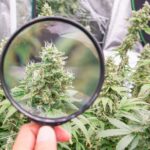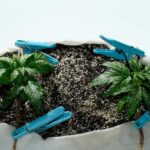The Best Fluffy Pancakes recipe you will fall in love with. Full of tips and tricks to help you make the best pancakes.
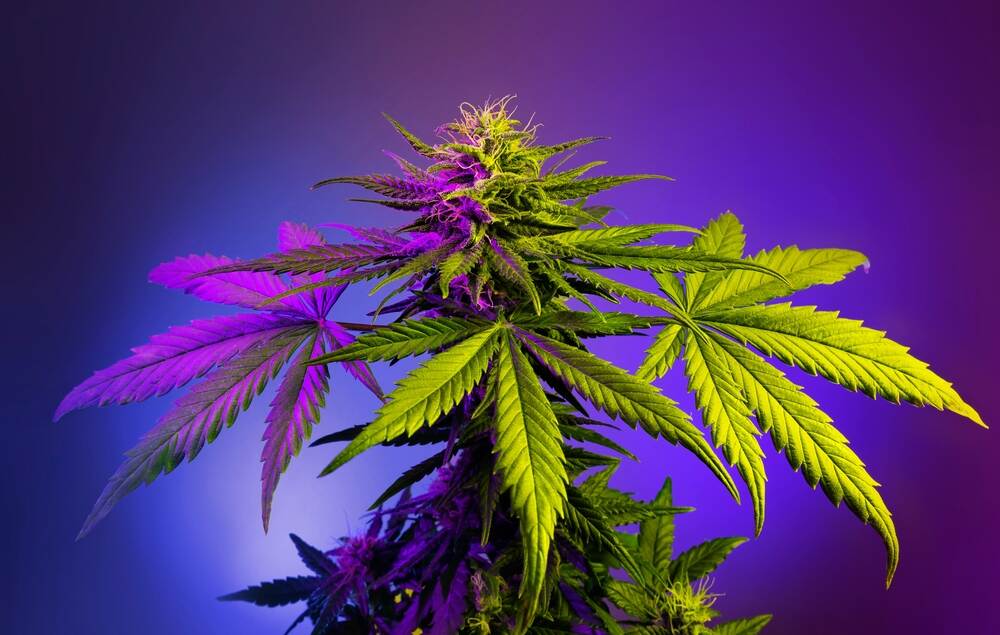
The fastest growing seeds
Growing cannabis is a journey that demands patience—but when you want results fast, there are seeds that can take you from sprout to smoke in just a few weeks. As a long-time breeder, I’ve seen how genetics, setup, and grower choices all play a role in how quickly you can pull off a successful harvest. This guide is built for you if you’re chasing speed without compromising quality. Whether you’re dealing with short grow seasons, limited indoor space, or just an eagerness to roll up with your homegrown stash, I’ll walk you through everything you need to know about the fastest growing cannabis seeds—from genetics to grow tips and real-world strain picks.
What makes cannabis seeds “fast growing”
Definition of fast‑flowering vs autoflowering genetics (e.g. Ruderalis heritage)
Fast growing cannabis seeds generally fall into two categories: autoflowering and fast-flowering photoperiods. Autoflowering seeds are built for speed because they contain genetics from Cannabis ruderalis—a hardy sub-species that evolved in cold, short-season climates. What sets these seeds apart is that they don’t rely on a light cycle to begin flowering. Instead, they flip on their own, often within 3–4 weeks of germination.
On the other hand, fast-flowering photoperiod seeds are traditional photoperiod plants that have been selectively bred to shorten the bloom phase. These hybrids can shave a couple of weeks off standard flowering times, often finishing in as little as 6–7 weeks after the flip. This hybridization typically combines Indica, Sativa, and Ruderalis genetics to strike the perfect balance between speed and potency.
Typical flowering timelines: photoperiod fast strains vs autoflowers (45–63 days)
Here’s how flowering timelines usually play out:
- Autoflowering seeds: Seed to harvest in 8–10 weeks. Flowering starts automatically around week 3.
- Fast-flowering photoperiods: After switching to a 12/12 light cycle, flowering takes 6–7 weeks.
- Standard photoperiod strains: Typically take 8–10+ weeks to flower post-flip.
So, if you’re after speed, autos win for overall turnaround. But if you want a faster bloom while still controlling the vegetative phase, fast-flowering photo strains are your best friend.
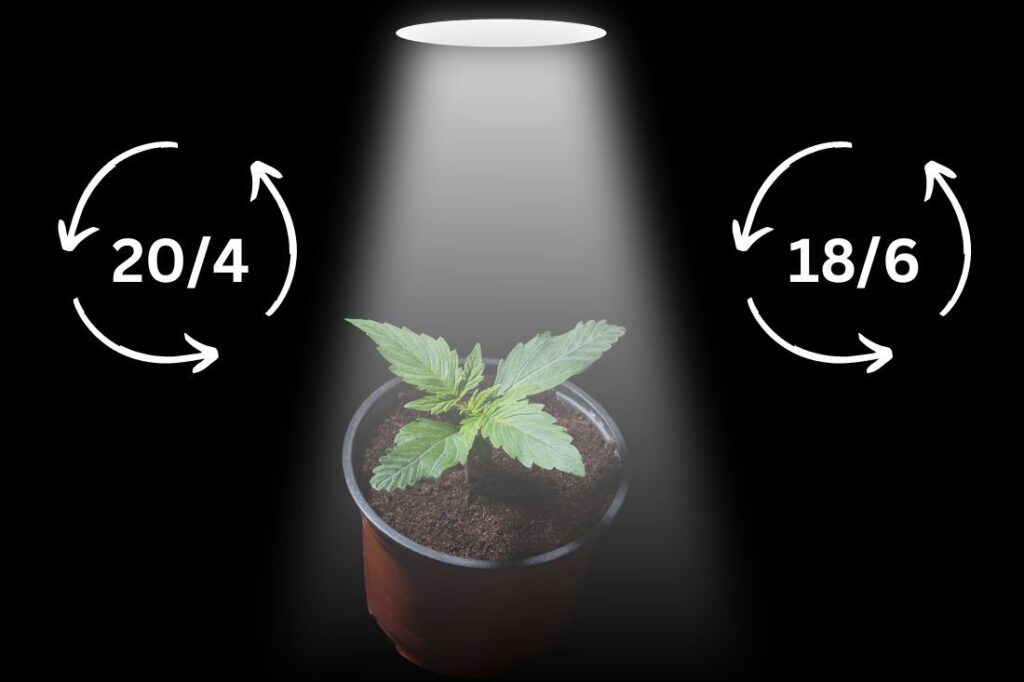
Yield and potency trade‑offs in rapid genetics
Now let’s talk trade-offs. Faster doesn’t always mean better, but modern breeding has seriously closed the gap. Autoflowers from 10 years ago were lower in THC, but today you’ll find many clocking in above 20% THC, with complex terpene profiles.
Still, speed can affect:
- Yield: Smaller plants = smaller yields, especially for autoflowers.
- Training limitations: With autos, you’ve got a short veg period, so topping and training must be minimal or done early.
- Potency and resin: Some ultra-fast strains may sacrifice a bit of density and stickiness compared to longer bloomers.
That said, if you use the right genetics and dial in your environment, you’ll be amazed at the results fast strains can produce.
Top fastest cannabis seed strains available in 2025
Ultra‑fast autoflower examples (e.g. Big Bang Auto ~42 days, Sticky Beast Auto ~8 weeks)
Let’s get specific. If you want the Usain Bolt of cannabis plants, these autoflower strains are tried-and-tested speed demons:
- Big Bang Auto (Green House Seeds): This one finishes in as little as 6 weeks, which is practically a cheat code.
- Sticky Beast Auto (Zamnesia): Grows like a dream indoors and finishes around 56–60 days from seed.
- Royal Cheese Auto (Royal Queen Seeds): A pungent classic that goes from germination to harvest in 8 weeks flat.
These strains are short, stealthy, and surprisingly potent for how fast they rip through the lifecycle.
Fast‑flowering photoperiod hybrids (e.g. Apple Blossom, Blueberry Muffin, Mango Sherbert with ~45–50 days flowering)
For photoperiod growers who want to keep control of the veg stage but wrap up flowering quickly, these hybrids deliver:
- Apple Blossom (Humboldt Seed Co.): Floral, fruity, and finishes bloom in just 6–7 weeks.
- Blueberry Muffin: A classic hybrid with frosty nugs and a flowering time of 45–50 days.
- Mango Sherbert: Easy to grow, exotic flavour, and rapid finishing cycle—what’s not to love?
These are perfect for growers looking for flavor and quality, but without the long flowering drag.
Breeder “fast seed” lines (e.g. Humboldt fast strains, Dutch Passion, Royal Queen) offering quality in short cycles
Many top breeders now offer entire seed lines built for speed. I often recommend these three:
- Humboldt Fast Strains: Consistently reliable, stable, and tasty. Their genetics are optimized for outdoor growers too.
- Dutch Passion ‘AutoFem’ Line: Focuses on fast autos that don’t sacrifice yield or resin production.
- Royal Queen Seeds ‘Fast Version’: A hybrid line where they cross their best photoperiod strains with quick-finishing genetics to produce plants that flower in a flash.
Stick with reputable breeders and you’re more likely to get consistent results, especially when time is tight.
How to choose the fastest seeds for your grow setup
Compare autoflower vs fast photoperiod advantages based on grow space and timing
When choosing fast seeds, consider your grow room size, lighting, and how hands-on you want to be.
- Autoflowers are best for:
- Small grow tents or stealth grows
- Beginners looking for simplicity
- Quick turnaround—multiple harvests per season
- Fast Photoperiods are better if:
- You want to control veg time
- You’re using training methods like topping or SCROG
- You need flexibility in your grow schedule
I always tell new growers: if you’re short on time and space, go auto. If you want more control and higher yields, go fast photoperiod.
Climate and seasonal considerations (indoor vs outdoor harvest windows)
Outdoors, timing is everything. In short-season climates—think northern Europe or Canada—you’ll want seeds that finish before October.
- Autoflowers are perfect for cold, wet climates with short summers. You can even pull off two outdoor cycles: one in spring, one in midsummer.
- Fast photoperiods offer a safety buffer—finishing well before the risk of frost and mold sets in.
Indoor growers aren’t restricted by the sun, but shorter flowering still means lower electricity costs and faster harvest turnover.
Seed source credibility and genetics stability
Fast doesn’t mean rushed—don’t cut corners on seed quality. Here’s how I vet a good source:
- Check breeder reputation: Look for forums, grow logs, and review sites.
- Ask for test data: THC/CBD percentages, terpene profiles, and flowering durations.
- Stick with licensed or well-known banks: Don’t gamble with random third-party resellers.
Stable genetics mean you’ll get consistent phenotypes, predictable timelines, and fewer surprises.
Cultivation tips to maximize speed and yield
Germination and early veg‑stage pace to optimize switch into flowering
Speed starts on day one. For fast results, germinate seeds using the paper towel method or a rapid-root plug. Keep temps between 22–26°C and humidity around 65–70% during early veg.
Use LED lighting for a tight internodal structure and rapid growth. If you’re growing autos, keep them under 18/6 or 20/4 light from start to finish. For fast photoperiods, veg under 18/6 and flip to 12/12 when they’re around 30–45cm tall.
Light schedules and nutrient strategies for rapid finish (e.g. feeding, training)
- Autoflowers: No need to change light schedule. Focus on low-stress training early (weeks 2–3). Avoid topping unless you’re confident in timing.
- Fast photoperiods: Flip to 12/12 as soon as plants are the size you want. These finish quick, so don’t overdo nitrogen in early bloom.
Feeding should follow a light-to-moderate plan—fast plants won’t tolerate overfeeding. I recommend:
- High nitrogen for early veg
- Balanced NPK at pre-flower
- Phosphorus and potassium boost from weeks 3–6 of flower
Flush a week before harvest if needed. The faster the strain, the quicker those salts need to be out of the soil.
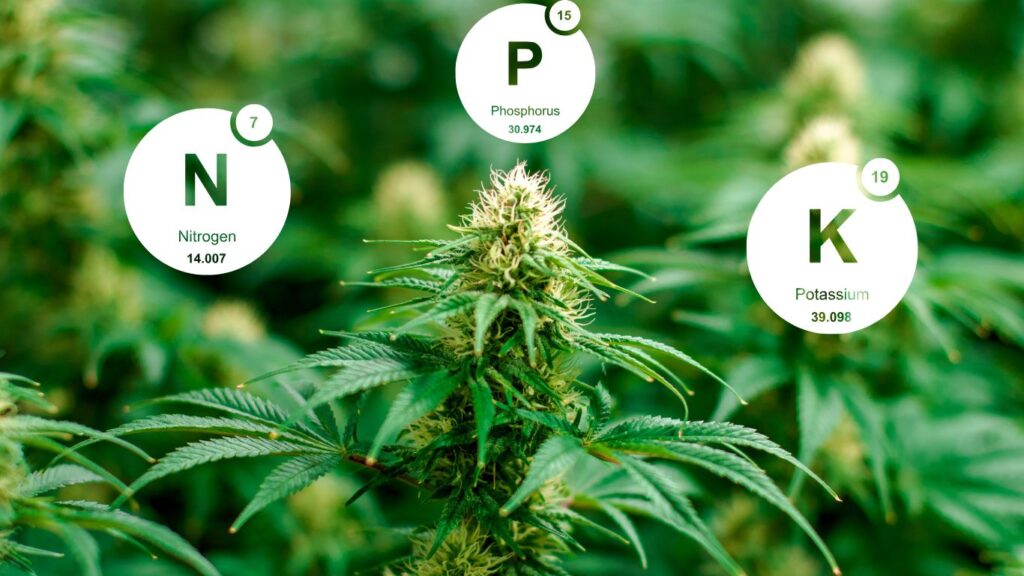
Monitoring trichomes, humidity, airflow for fast but healthy development
Fast strains mean faster transitions—so don’t miss your windows. Here’s what I do:
- Trichomes: Check daily in the final week. Milky = peak potency, amber = couchlock.
- Humidity: Keep under 50% in flower, under 40% in the last two weeks.
- Airflow: Use oscillating fans. Fast plants can pack dense buds, which are mold magnets if airflow isn’t dialed in.
Stay on top of these basics, and even quick-growing strains will reward you with resinous, terpene-rich colas.
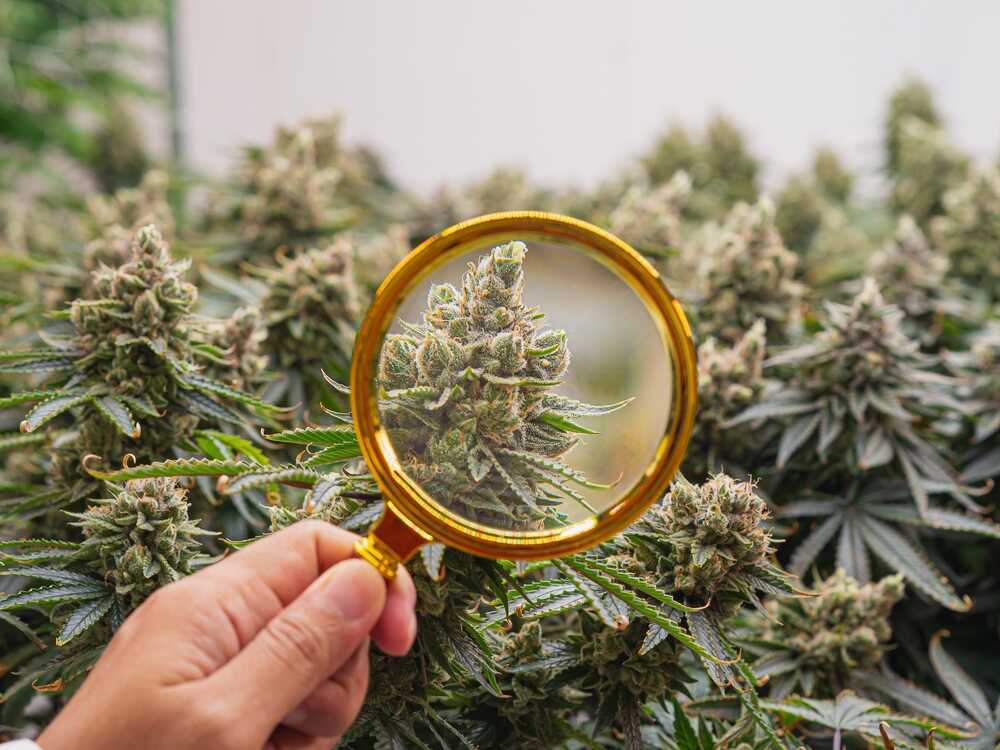
Real grow timelines and case studies
Grow‑diaries showing seed‑to‑harvest in under 8 weeks
I’ve run side-by-sides with Sticky Beast Auto, Royal Cheese Auto, and Apple Blossom Fast. All three went from germination to harvest in 50–58 days. That’s just under 8.5 weeks. In one grow, I got 65g dry off a Sticky Beast in a 2-gallon pot—no topping, just LST and patience.
Growers in forums like GrowDiaries and Reddit’s r/microgrowery often document similar cycles. The key is dialing in light intensity and feeding early but not overdoing it.
Yield results and terpene/THC data for top picks
- Apple Blossom Fast: ~20% THC, notes of citrus and floral funk
- Sticky Beast Auto: ~18–20% THC, diesel and candy flavors
- Big Bang Auto: Mellow high, ~14–16% THC, very beginner friendly
These aren’t low-grade by any means—modern fast genetics are dense, aromatic, and resinous when treated right.
Common challenges and fixes (stretch, bud rot, nutrient burn)
Here’s what to watch for when growing fast:
- Stretch: Keep lights close during early flower (but not too close). Monitor daily and adjust height.
- Bud rot: Lower humidity and trim lower leaves to increase airflow.
- Nutrient burn: Less is more. Fast plants don’t need heavy feeding—watch for burnt tips and back off if needed.
You don’t need to overthink it. Follow a steady schedule, observe your plants daily, and they’ll tell you what they need.
Conclusion
Fast-growing cannabis seeds are the perfect match for growers who want to maximize efficiency, squeeze in multiple harvests, or simply get their hands on some homegrown fire as quickly as possible. With advances in autoflower and fast-flowering photoperiod genetics, you don’t have to choose between speed and quality anymore. You just need to choose the right strain for your setup, treat your plants with care, and dial in the environment. I’ve grown hundreds of cultivars over the years, and trust me—some of the fastest have also been some of the most fun. Whether you’re running a stealthy indoor tent or trying to beat the frost outdoors, there’s a fast seed out there with your name on it.


